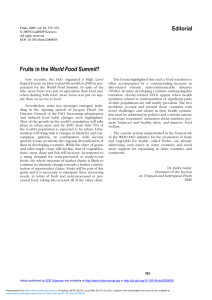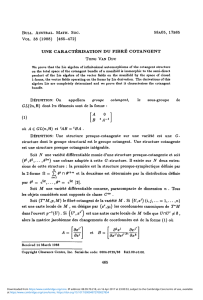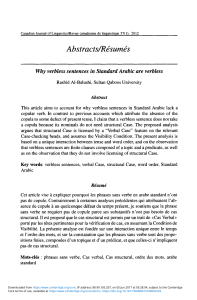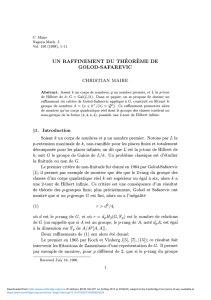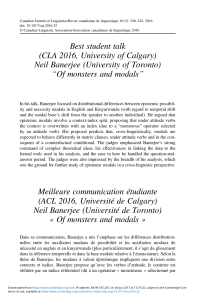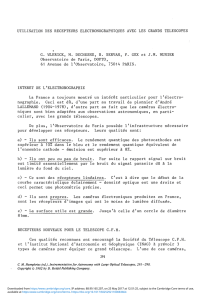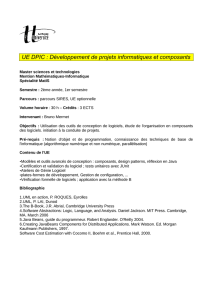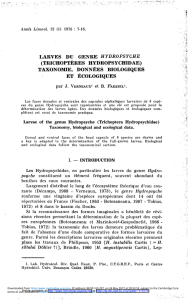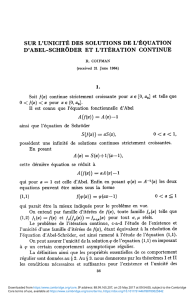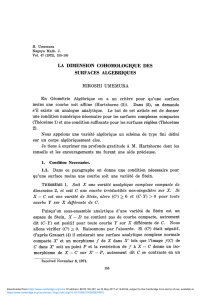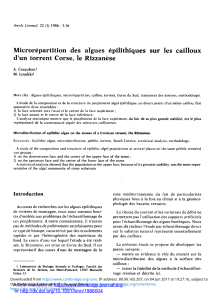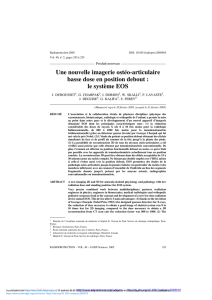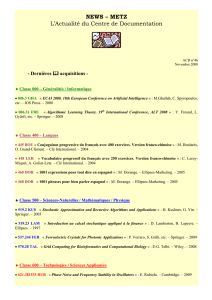Résumés / Abstracts
publicité
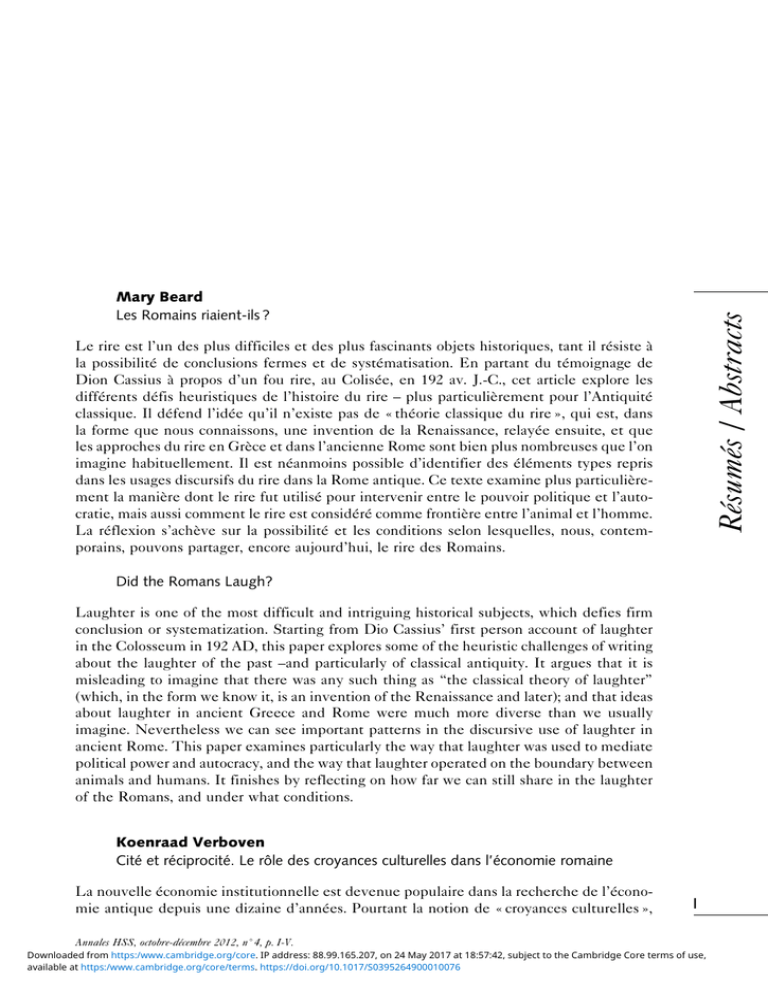
Résumés / Abstracts Mary Beard Les Romains riaient-ils ? Le rire est l’un des plus difficiles et des plus fascinants objets historiques, tant il résiste à la possibilité de conclusions fermes et de systématisation. En partant du témoignage de Dion Cassius à propos d’un fou rire, au Colisée, en 192 av. J.-C., cet article explore les différents défis heuristiques de l’histoire du rire – plus particulièrement pour l’Antiquité classique. Il défend l’idée qu’il n’existe pas de « théorie classique du rire », qui est, dans la forme que nous connaissons, une invention de la Renaissance, relayée ensuite, et que les approches du rire en Grèce et dans l’ancienne Rome sont bien plus nombreuses que l’on imagine habituellement. Il est néanmoins possible d’identifier des éléments types repris dans les usages discursifs du rire dans la Rome antique. Ce texte examine plus particulièrement la manière dont le rire fut utilisé pour intervenir entre le pouvoir politique et l’autocratie, mais aussi comment le rire est considéré comme frontière entre l’animal et l’homme. La réflexion s’achève sur la possibilité et les conditions selon lesquelles, nous, contemporains, pouvons partager, encore aujourd’hui, le rire des Romains. Did the Romans Laugh? Laughter is one of the most difficult and intriguing historical subjects, which defies firm conclusion or systematization. Starting from Dio Cassius’ first person account of laughter in the Colosseum in 192 AD, this paper explores some of the heuristic challenges of writing about the laughter of the past –and particularly of classical antiquity. It argues that it is misleading to imagine that there was any such thing as “the classical theory of laughter” (which, in the form we know it, is an invention of the Renaissance and later); and that ideas about laughter in ancient Greece and Rome were much more diverse than we usually imagine. Nevertheless we can see important patterns in the discursive use of laughter in ancient Rome. This paper examines particularly the way that laughter was used to mediate political power and autocracy, and the way that laughter operated on the boundary between animals and humans. It finishes by reflecting on how far we can still share in the laughter of the Romans, and under what conditions. Koenraad Verboven Cité et réciprocité. Le rôle des croyances culturelles dans l’économie romaine La nouvelle économie institutionnelle est devenue populaire dans la recherche de l’économie antique depuis une dizaine d’années. Pourtant la notion de « croyances culturelles », I Annales HSS, octobre-décembre 2012, n° 4, p. I-V. Downloaded from https:/www.cambridge.org/core. IP address: 88.99.165.207, on 24 May 2017 at 18:57:42, subject to the Cambridge Core terms of use, available at https:/www.cambridge.org/core/terms. https://doi.org/10.1017/S0395264900010076 RÉSUMÉS / ABSTRACTS qui joue un rôle central dans l’œuvre de Douglass North et dans les analyses du changement institutionnel par Avner Greif, a été largement ignorée. J’affirme qu’une approche néoinstitutionnelle qui utilise cette notion de « croyances culturelles » offre une meilleure voie pour comprendre l’influence des idéologies et des valeurs morales sur l’économie antique que le modèle de Moses Finley. Des croyances culturelles ne sont pas des contraintes déterministes sur le comportement humain, mais elles aident à orienter les prises de décision et permettent d’anticiper les (ré)actions des autres. J’étudie deux ensembles de normes et de valeurs qui, dans la culture romaine, ont profondément marqué le cadre institutionnel de l’économie. L’un était centré sur la réciprocité. Ses normes et valeurs ont permis de construire et de maintenir des réseaux sociaux au-delà du groupe de la familia étendue avec ses affranchis. Elles étaient à la base du développement de la loi des obligations et de la représentation. L’autre se fondait sur la cité. Il a formé la culture politique en créant des droits et des obligations personnelles et en imposant des demandes légitimes aux élites politiques de défendre ceux-ci et de garantir et de stimuler des intérêts privés et communs. Le droit romain et la justice étaient ses résultats les plus importants. Idéologiquement, l’Empire romain se présentait comme une méta-cité qui incorporait les communautés locales qui, à leur tour, étaient graduellement transformées sur le modèle de la cité. Ces deux ensembles de croyances culturelles ont baissé les coûts de transactions, mais ils n’ont jamais menacé la prééminence de l’aristocratie locale et impériale. Vers la fin du IIe siècle de notre ère, les cités locales se sont affaiblies tandis que l’administration impériale se renforçait. Les aristocraties locales et régionales se sont tournées vers la bureaucratie et l’armée impériales pour maintenir leur rang social, leur influence et leur pouvoir. L’idéologie de la cité comme principe dominant de la culture politique devenait soumise à celle de l’empereur sacral, garant de la justice et de l’ordre divins. City and Reciprocity: The Role of Cultural Beliefs in the Roman Economy II New Institutional Economics have become popular in ancient economic history research the past decade. However, the notion of “cultural beliefs” that plays a central role in Douglass North’s recent work and in Avner Greif’s analysis of institutional change, has been largely ignored. I argue that a neo-institutional “cultural beliefs approach” offers a better way to understand the influence of ideology and moral values on the ancient economy than the Finley model does. Cultural beliefs are no deterministic constraints on human behavior but help to orient decision making and allow anticipating the (re)actions of others. I explore two key sets of norms and values in Roman culture that profoundly marked the economy’s institutional framework. One centered on reciprocity. Its norms and values supported social networks beyond the confines of the familia-freedmen group and underlay the development of contract and agency law. Another set rested on citizenship. It shaped political culture by creating individual rights and obligations and laying legitimate claims on political elites to enforce these and to take action to secure and stimulate private and common interests. Roman law and the distribution of justice was its prime off-spring. Ideologically the Roman Empire presented itself as a meta-city that incorporated local communities which in turn were gradually transformed to fit the civitas model. Both belief sets lowered transaction costs, but they never threatened the preeminent position of local and imperial aristocracies. Towards the end of the second century CE local communities became weaker while the imperial administration grew stronger. This caused local and regional aristocracies to turn to the imperial court and army for status, influence Downloaded from https:/www.cambridge.org/core. IP address: 88.99.165.207, on 24 May 2017 at 18:57:42, subject to the Cambridge Core terms of use, available at https:/www.cambridge.org/core/terms. https://doi.org/10.1017/S0395264900010076 RÉSUMÉS / ABSTRACTS and power. The ideology of citizenship as the guiding principle of political culture gave way to that of the sacred emperor who guaranteed divine justice and order. François Lerouxel Le marché du crédit privé, la bibliothèque des acquêts et les tâches publiques en Égypte ancienne Cet article est consacré à l’évolution historique du fonctionnement du marché du crédit privé en Égypte romaine entre 30 av. J.-C. et 170 apr. J.-C. environ. Après un examen historiographique de l’utilisation de la notion de marché et de l’économie néo-institutionnaliste en histoire économique de l’Antiquité, il met en évidence l’influence positive du système de rédaction et d’enregistrement des contrats privés sur le fonctionnement du marché du crédit privé et, plus particulièrement, de la bibliothèque des acquêts, une nouvelle institution créée par l’administration romaine entre 68 et 72. Il explique ensuite la création de la bibliothèque par le pouvoir romain en analysant l’interaction entre le marché du crédit privé et le financement des tâches publiques dans le monde romain. The Private Credit Market, the Archive of Acquisitions, and Public Tasks in Roman Egypt This article deals with the history of the private credit market in Roman Egypt between 30 BCE and ca. 170 CE. After examining the use of the notion of market and of the neoinstitutionnal economics in ancient economic history, I show the beneficial effect of the drafting and registration systems of contracts on the private credit market, and especially the role of the archive of acquisitions created by the Roman administration between 68 and 72. Finally, I provide an explanation for the creation of this new institution based on an analysis of the interaction between private credit market and the way public tasks were financed in the Roman world. Claire Lemercier et Claire Zalc Pour une nouvelle approche de la relation de crédit en histoire contemporaine La relation de crédit a encore été peu étudiée en histoire contemporaine, où elle est largement appréhendée sous le prisme d’un récit évolutionniste qui verrait la victoire progressive de « la rationalité économique » via l’institutionnalisation, la formalisation ou encore la modernisation, autant de notions qui semblent aller de soi. Nous proposons d’explorer les modalités de l’articulation entre formalisation et personnalisation de la relation de crédit, sans nous restreindre au schème de l’opposition entre les deux. En nous étayant sur une revue critique de la littérature récente sur ces thématiques, nous envisageons successivement la complémentarité des protagonistes du crédit et les transformations des instruments et des outils qui informent la transaction, avant d’aborder les accidents du crédit et les sanctions qui s’y attachent – ou non. Studying Modern Credit as a Relationship Credit relationships have not been much discussed by modern historians. When they are mentioned in the literature, it is often as mere symptoms in evolutionist narratives of III Downloaded from https:/www.cambridge.org/core. IP address: 88.99.165.207, on 24 May 2017 at 18:57:42, subject to the Cambridge Core terms of use, available at https:/www.cambridge.org/core/terms. https://doi.org/10.1017/S0395264900010076 RÉSUMÉS / ABSTRACTS the victory of “economic rationality,” that is supposed to have gone hand in hand with the alleged –but not precisely defined– institutionalization, formalization and modernization of those relationships. We present a research program that takes the notion of credit relationships seriously and explores their formalization and personal character as two not necessarily incompatible aspects. Drawing on a survey of literature, we first discuss the complementarity of various types of actors, then the transformation of the tools that they used, and finally the troubles with credit and how they were sanctioned –or not. Pierre Gervais Crédit et filières marchandes au XVIIIe siècle Le crédit marchand au XVIIIe siècle était la principale source de profit des agents économiques. Gérant numéraire, effets de commerce et comptes courants ouverts à leurs clients, des négociants atlantiques, tels Gradis de Bordeaux, qui importait des produits coloniaux (indigo, sucre, café) et exportait vin et farines vers Québec, ou Hollingsworth de Philadelphie, un gros marchand de farines et de denrées coloniales, dominaient les marchés locaux grâce à des réseaux de crédit spécialisés intégrant l’échange marchand et des contraintes morales ou sociales. Les analyses weberienne ou en termes d’Homo oeconomicus de ces activités complexes de crédit conduisent à des anachronismes ; l’auteur propose d’adopter une vision plus historicisée de l’activité économique, des réseaux de crédit et de la recherche du profit à l’époque moderne. Credit and Market Sector in the Eighteenth-Century Merchant credit in the eighteenth-century was the main source of profit for economic agents. Managing cash, commercial instruments and book accounts, Atlantic traders such as Gradis of Bordeaux, who dealt in colonial products (indigo, sugar, coffee) and exported staples (flour and wine) to Quebec, or Hollingsworth of Philadelphia (a large flour and colonial produce dealer), achieved market domination through specialized credit networks integrating market exchange and moral and social interactions. A Weberian or Homo Oeconomicus view of these complex credit activities lead to anachronisms; the author calls for giving up standard economic approaches in favor of more historicized views of Early Modern economic activity, credit networks and profit-making techniques. Anaïs Albert Le crédit à la consommation des classes populaires à la Belle Époque. Invention, innovation ou reconfiguration ? IV Durant la Belle Époque se construit en France une économie de la consommation de masse qui passe par l’accès massif au crédit des classes populaires. Ce phénomène ne peut pourtant se comprendre comme un simple changement d’échelle, car il s’agit d’un véritable réagencement de l’ordre social du crédit, de l’identification économique aux processus de sanction. Ces différentes facettes de la relation de crédit sont abordées successivement à travers deux dossiers documentaires : l’organisation du crédit à destination des classes populaires mise en place par les Grands Magasins parisiens Dufayel et les réformes introduites par la loi du 12 janvier 1895 sur la saisie-arrêt des salaires des ouvriers. La réorganisation du système de crédit se traduit par l’apparition conjointe de nouvelles médiations et Downloaded from https:/www.cambridge.org/core. IP address: 88.99.165.207, on 24 May 2017 at 18:57:42, subject to the Cambridge Core terms of use, available at https:/www.cambridge.org/core/terms. https://doi.org/10.1017/S0395264900010076 RÉSUMÉS / ABSTRACTS de nouvelles mises à distance, ainsi que par la multiplication des scènes sur lesquelles se joue la dette – entre espace commercial, tribunal et monde du travail. Consumption Credit for the Working Classes in the “Belle Epoque:” Invention, Innovation or Reconfiguration? During the “Belle Époque” period a mass consumption economy was built in France through a widespread access to credit for the working classes. Nevertheless, this phenomenon can’t be simply understood as a change of scale, for it is a truly new layout of the credit’s social order, from economic identification to sanction’s process. These different phases of the credit relationship are successively approached through two documented cases: first, the credit organisation formed by the Parisian department store Dufayel for the working classes and second, reforms introduced by the law of the 12th January 1895 about workers’ garnishment. The shake-up of the credit system results in the joint emergence of new mediations and new distancing, along with the increasing number of stages where the debt is played –between commercial world, court and working places. V Downloaded from https:/www.cambridge.org/core. IP address: 88.99.165.207, on 24 May 2017 at 18:57:42, subject to the Cambridge Core terms of use, available at https:/www.cambridge.org/core/terms. https://doi.org/10.1017/S0395264900010076
